Taking Control of Your Lighting System
The controller is the brain of your lighting system. Controllers have always been central to production and theater lighting. With the adoption of the DMX512 protocol in 1986, the controller could easily and precisely dim numerous lights from a central location. As the demands of lighting productions and the technologies they require have become more advanced, so have the lighting controllers. Today, not only are controllers used to dim and raise lights, but they are used to control various parameters such as panning, gobos, colors, strobes, chasing, scene memory, etc. The introduction ofLED lighting into theater and production lighting has also added additional considerations in choosing an appropriate controller for your needs. This article is an introduction to today’s lighting controller and its features. 
Generally speaking there are two broad categories of controllers, namely the dimming controller and the intelligent controller. The dimming controller is very basic and is geared to the individual who only wants to control dimmers. Intelligent controllers are for individuals who want to control dimmers and fixtures that require the control of numerous types of attributes and parameters. These controllers are compatible with moving lights and are typically found in concert venues, DJ lighting, large church lighting systems, etc. Optima’s DMX I, for example, has the ability to remember 6 chases, or light flash sequences, of 240 programmed scenes. The chase patterns can be activated using programmable chase buttons. The pan and tilt of moving lights can be manipulated using two jog wheels. Many intelligent controllers have the ability to precisely control light movements, chases, and fades. The Optima DMX I’s speed slider, fade time slider, and fine button allow minute adjustments to your chase speed, fade speed, and light tilting to perfect your lighting performance. 
LED technology, particularly LED par cans, is the most important new technology to come to theatre and production lighting. Nearly all LED par cans available today come with dimmers and effects already built into them. Provided that your controller and your LED par can use the same protocol, the LEDs’ internal dimmers, colors, and effects can be triggered remotely by the controller. Because LED par cans have so many on board features they can be operated successfully on both a simple dimming controller and an intelligent controller. Making the decision concerning which controller to go with will depend largely on what other lighting components you have in your system and on what degree of control you need and want over your lights.
The technical capacities of lighting components and the controllers mean endless possibilities for the creative lighting designer. The integration of controllers and computer software adds another dimension of control and creativity to the lighting designer not otherwise possible. Optima’s Sweetlight USB to DMX512 box and control software, available for Mac and PC, allows for the full simulation and control of all facets of your lighting performance, including full syncing of music and lighting. The scene builder and 3D view allows you to fully construct your production; the generator function allows you to manipulate fully the movement, light, gobos, etc. of your lighting components, giving you unprecedented control. Regardless of whether you choose an intelligent controller or a computer-based controller, the future of lighting system control is promising.






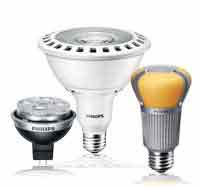
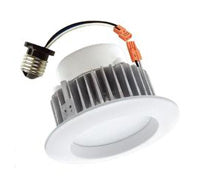

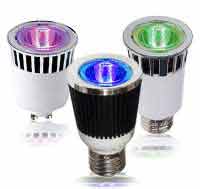


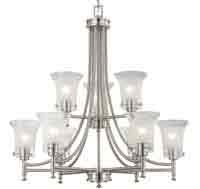
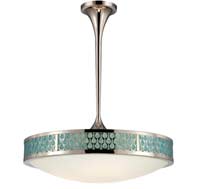




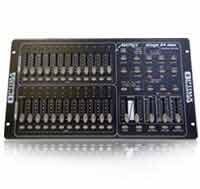






Comments